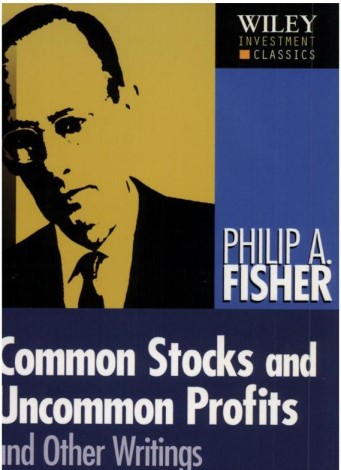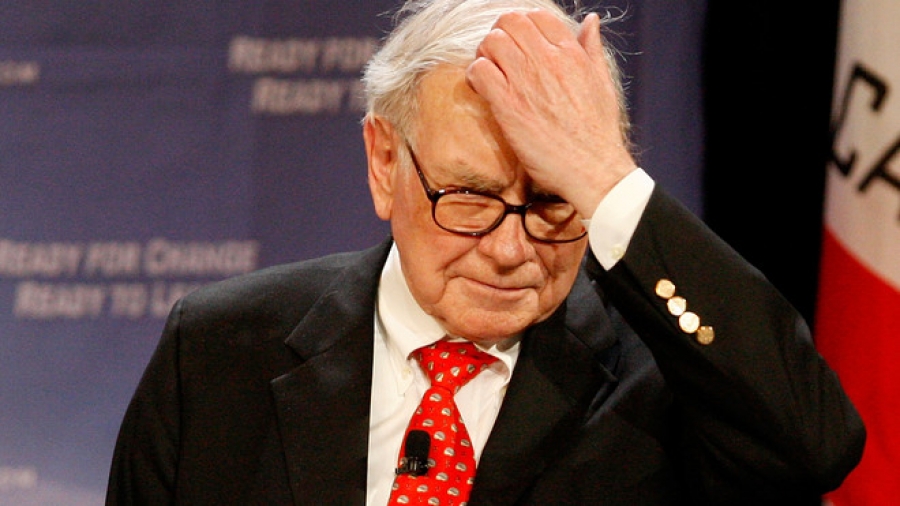We’re now in the third instalment of our 4-part miniseries on Warren Buffett and how his investing style came to be. For a brief recap, we shared how value investing got started with the writings and teachings of Benjamin Graham. Then, we told the story of how Buffett worked for Graham and met Walter Schloss. Schloss would eventually turn out to be a great investor himself while staying true to Graham’s investing techniques. In case you have missed out the first 2 parts, here are the links:
When Warren Buffett stopped working for Graham and set up his own investment partnership, he achieved great success by investing in ‘cigar-butt’ type of stocks – an investment style that was close to what Graham preached. However, all that started to change slowly when Buffett met Charlie Munger for the first time in 1959.

Charlie Munger (left) & Warren Buffett (right)
Munger was a lawyer when he met Warren Buffett but was hooked onto investing when Buffett started sharing some of his adventures in the stock market. Eventually, Munger set up his own investment partnership in 1962. It lasted 13 years, during which Munger achieved annualised returns of 19.8%, trouncing the Dow Jones’ (an index used to measure the American stock market) returns of 5% per year. But, even though Munger first got acquainted to investing through Buffett (and by extension, Graham), he ran his partnership with a different sort of view.
Munger was on the look out for great businesses – businesses that could grow their profits at above average rates for many years, making their owners wealthy. And his thinking was influenced by another investing legend whose philosophy could not be more different than Graham’s. Meet Philip Fisher.

Philip Fisher – Common Stocks & Uncommon Profits
Fisher was the author of one of the seminal books on investing titled Common Stocks and Uncommon Profits. Warren Buffett values Fisher’s thinking so much that he had said ‘Common Stocks and Uncommon Profits is a book that ranks behind only The Intelligent Investor and the 1940 edition of Security Analysis (another one of Graham’s works) in the all-time-best list for the serious investor”.
While Graham was famous for appraising a business’s intrinsic value based mostly on its balance sheet and believed in diversification, Fisher instead, looked at a business’s qualitative factors and believed in making concentrated bets.
Fisher was famous for elucidating 15 points he looked out for in a company that he believed would help him unearth businesses that can growth at much higher rates than the average business. Some of the 15 points include:
- Does the company have products or services with sufficient market potential to make possible a sizeable increase in sales for at least several years?
- Does the company have an above-average sales organization ?
- Does the company have depth to its management?
- Does the company have a short-range or long-range outlook in regard to profits? (Fisher prefers the latter, as do Buffett)
- Does the company have a management of unquestionable integrity?
Warren Buffett actually took these points to heart if we look at some of his writings and speeches he has given over the years. In Buffett’s words, “in looking for people to hire, you look for three qualities: integrity, intelligence, and energy. And if you don’t have the first, the other two will kill you.” That’s a throw-back to Fisher’s insistence on having ‘management of unquestionable integrity’ isn’t it? Buffett also once talked about his view about the conflict between long-term and short-term goals in his 2005 shareholder letter. He said: “When short-term and long-term goal conflict, widening the moat must take precedence.” In effect, Buffett was saying that long-term thinking in regard to profit will always be more important than short-term gains – that’s similar to Fisher’s thinking again.
Fisher was an investor who wouldn’t mind paying high prices for a stock if he believed in his growth potential, whereas Graham was looking at how much a stock would be worth if the company was liquidated. While Fisher was known as a growth investor, he actually had a huge part to play in shaping the modern view of value investing that Buffett’s more widely recognised for.
Stay tuned as we delve into the final part of our miniseries as we explore how Buffett synthesized Fisher and Graham’s investment philosophies to build the corporate titan that is Berkshire Hathaway.
DISCLOSURE
The above article is for educational purposes only. Under no circumstances does any information provided in the article represent a recommendation to buy, sell or hold any stocks/asset. In no event shall ViA or any Author be liable to any viewers, guests or third party for any damages of any kind arising out of the use of any content shared here including, without limitation, use of such content outside of its intended purpose of investor education, and any investment losses, lost profits, lost opportunity, special, incidental, indirect, consequential or punitive damages resulting from such unintended use.













